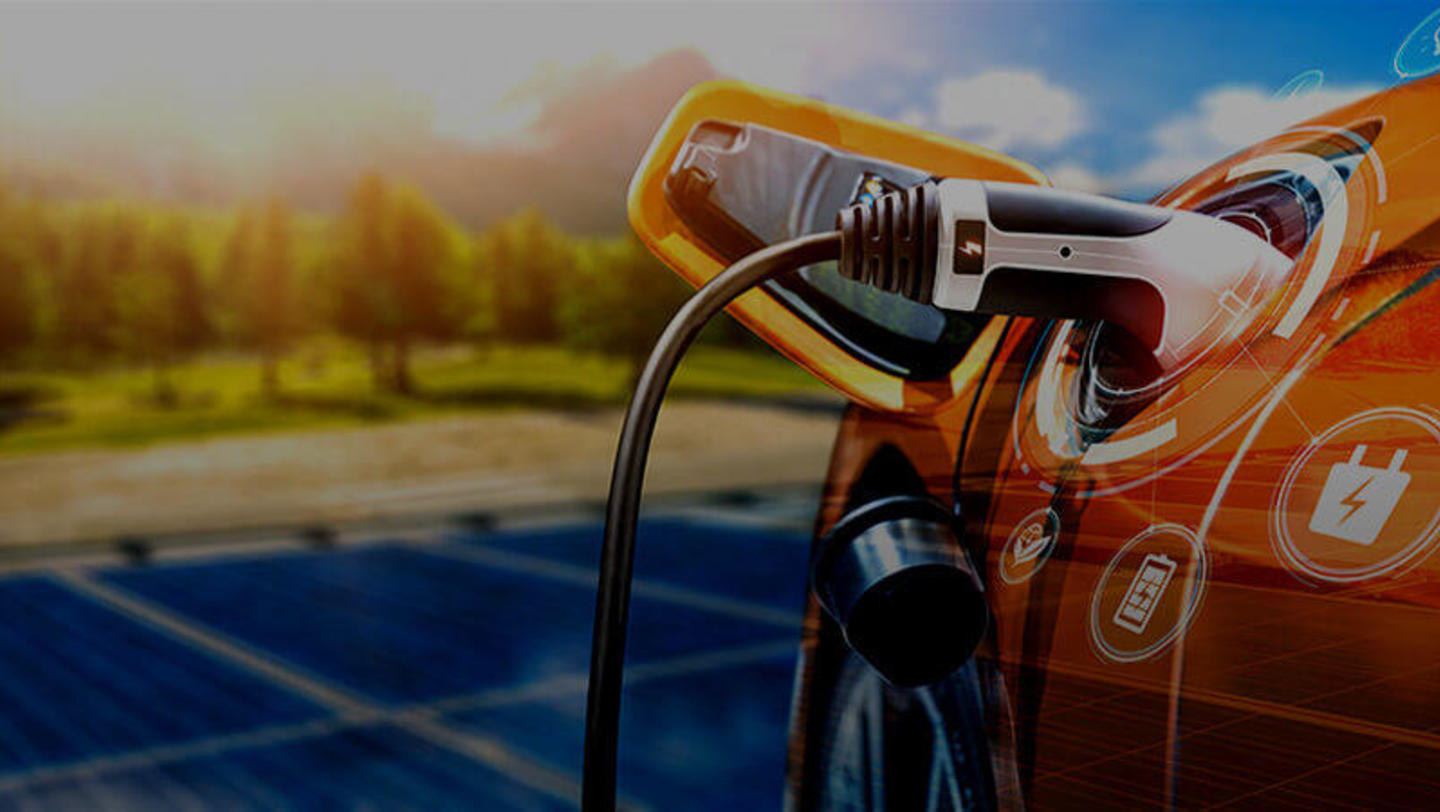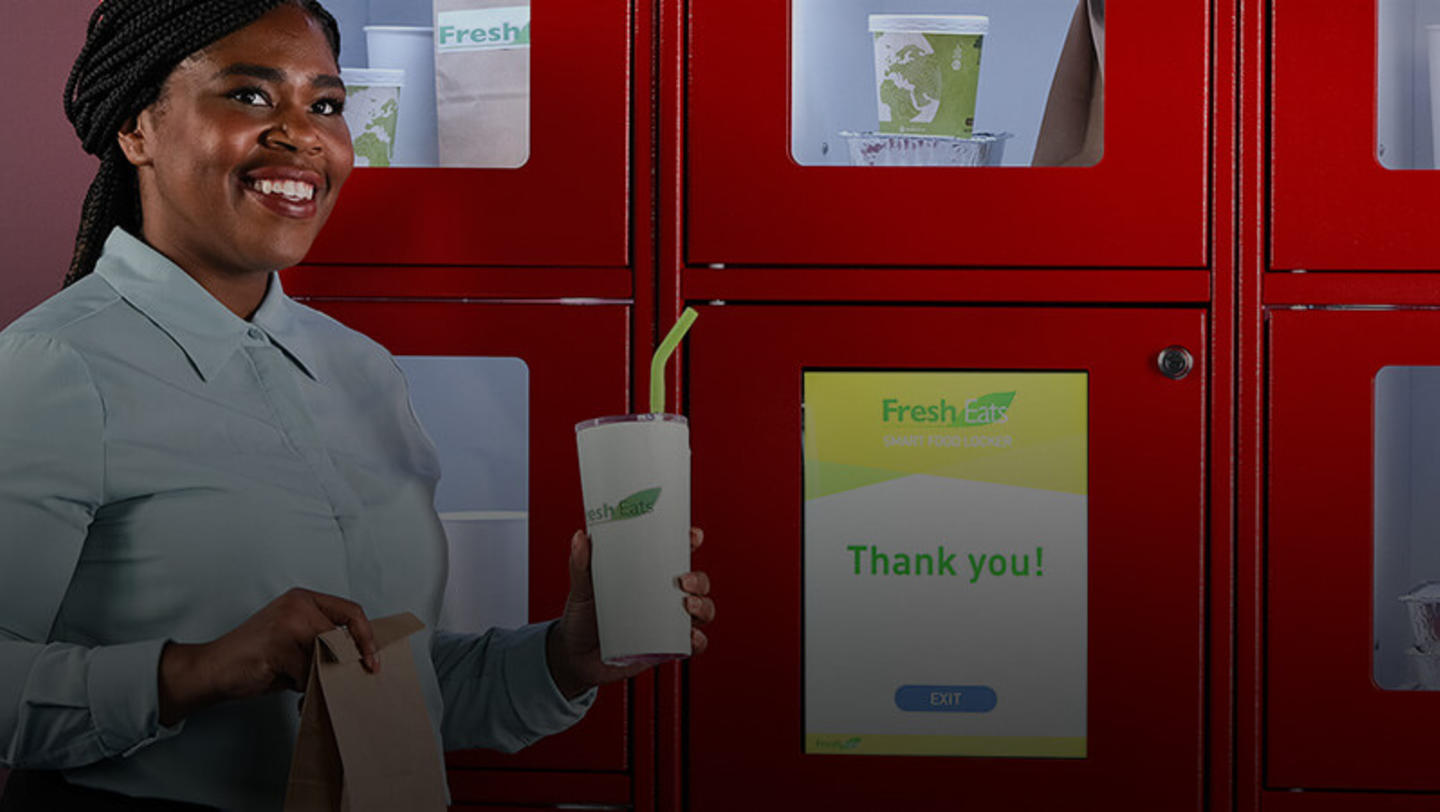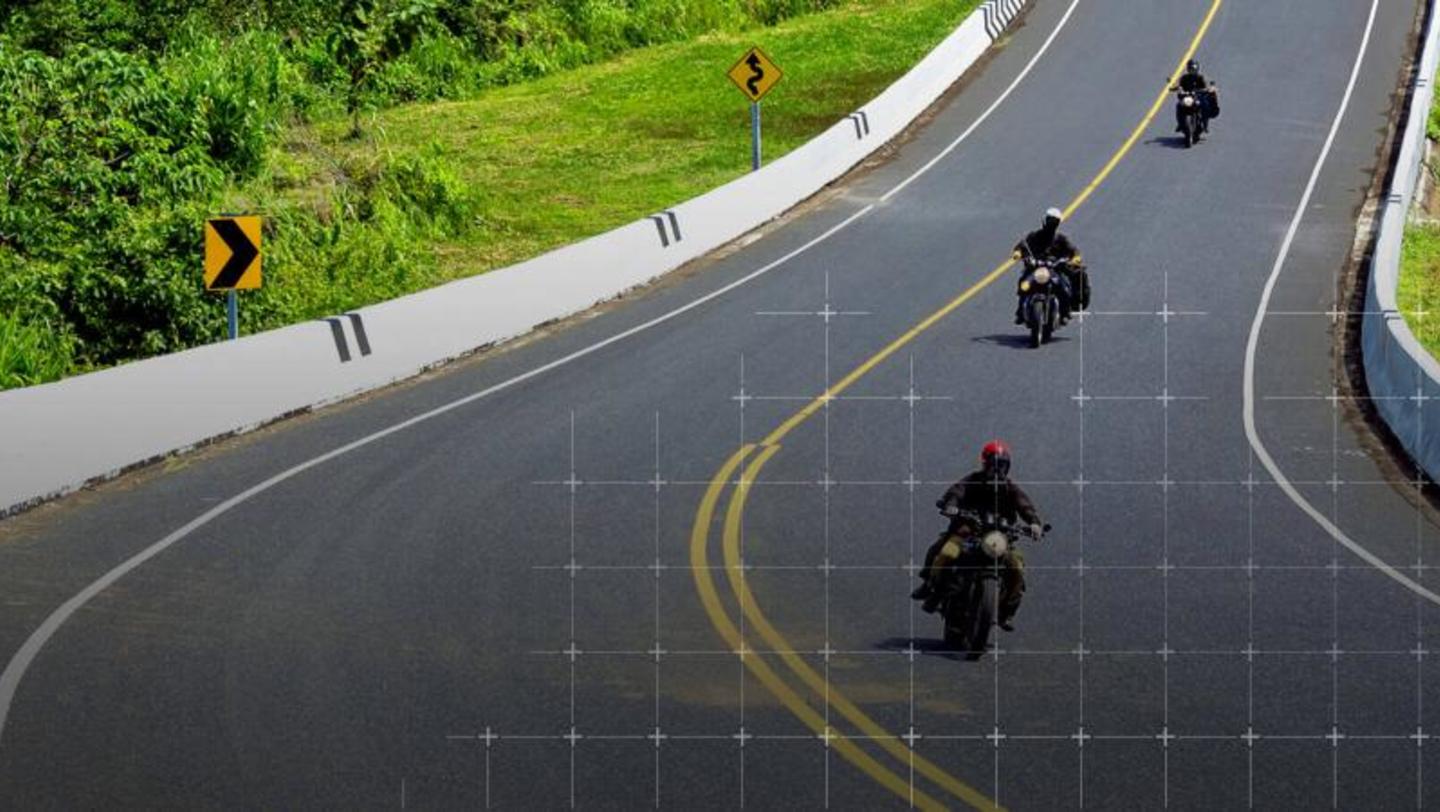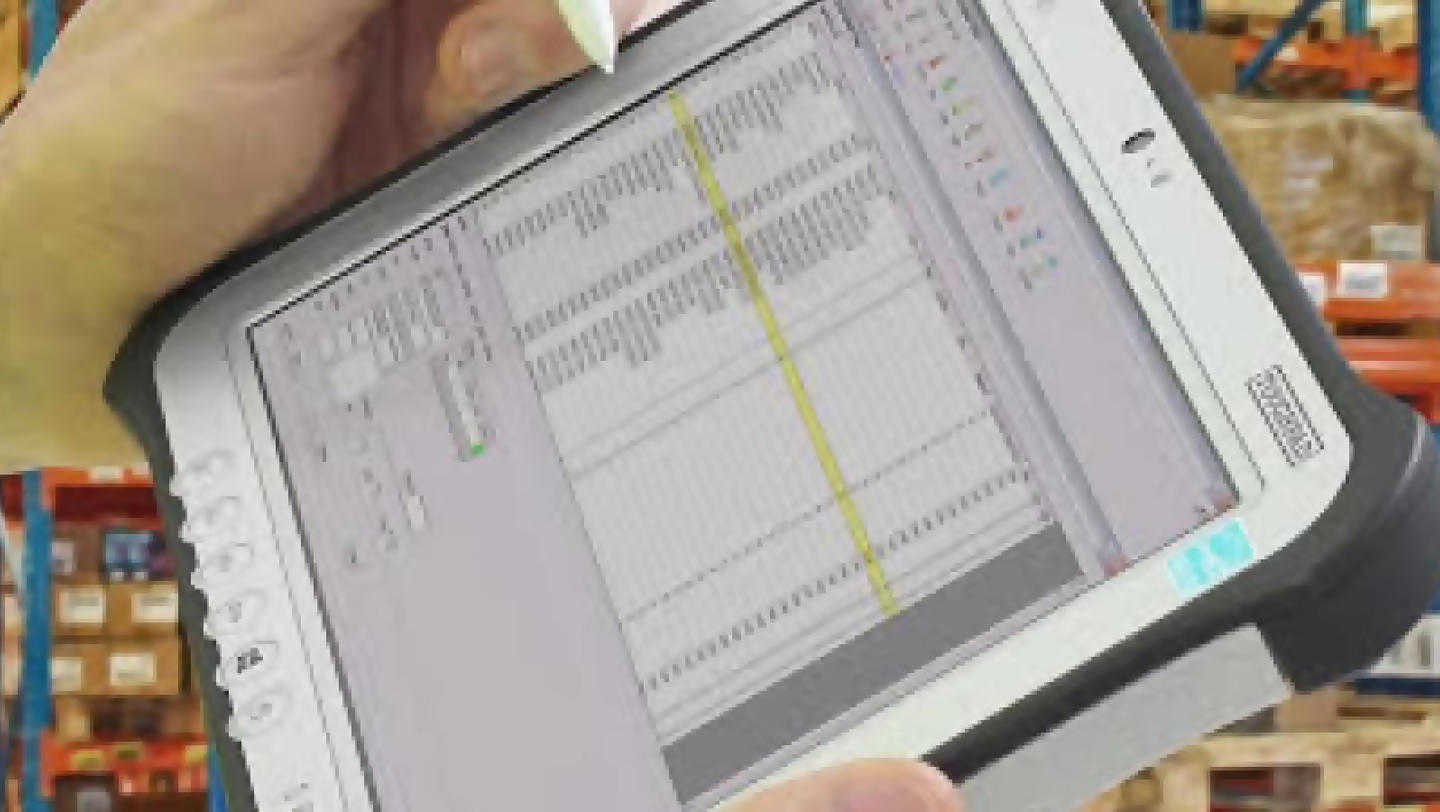Ventilation and your home – A fresh guide to indoor air quality

Ventilation and your home – A fresh guide to indoor air quality
5 minutesWhen it comes to the quality of the air we breathe, we usually think of the pollution we will encounter after stepping outside. However, according to experts, indoor air is more contaminated than what we encounter outdoors. Prior to the COVID-19 pandemic, the majority of people already spent 90 per cent of their time indoors, so imagine what that number is now! This raises serious questions about the state of our indoor environments and the quality of the air we breathe, from the office, school, gym, grocery store, at home and everywhere in between. It’s no wonder we feel the need to step outside or crack open a window to get some fresh air after spending an extended period indoors.
Out of sight, out of mind?
We live in environments where pollutants in the home are two to five times higher than outdoor levels when our homes are unable to properly exchange old air with fresh air. According to the Environmental Protection Agency, a six-room home collects an average of 40 pounds of dust containing up to 45 toxic chemicals in a single year. To the naked eye, that is a great deal of toxins and dust that we likely will not see or can comprehend.
The importance of ventilation
As buildings are made to be more energy efficient and “leak proof” they are also making the air we breathe everyday less healthy. Airtight buildings that keep heat and cool air inside may lower energy bills, but they also keep out fresh air. A key factor in air quality at home is ensuring there is proper ventilation, which functions much like a set of healthy lungs that keep the good stuff (cool and clean air) in, and move the bad stuff (heat, moisture and indoor air pollution) out. Without that air exchange, moisture can breed mould and mildew, allow dust mites to flourish and can even lead to a greater potential risk of health issues.
There are several factors that can reduce the quality of the air we breathe indoors. Certain building materials like wood and carpets as well as finishes in our homes can exude pollutants that are invisible and harmful to our health. Particulates from cleaning products, smoking and cooking can affect our health as well. In a less than ideal environments, VOCs, CO2, moulds, allergens and other pollutants can accumulate, creating the potential for serious health issues to manifest. In fact, certain biological pollutants that are not properly filtered out of indoor air have been linked to the onset of asthma, headaches and concentration problems, which make it difficult to sleep, study and work.
The roles of ventilation systems
Presently, there is no recommended response for homes and buildings to change building ventilation in response to the COVID-19 pandemic. However, as the role of aerosol transmission is hotly debated, it is important that ventilation systems are functioning as intended to prevent potential ventilation problems that could worsen airborne transmission.
To better understand how we can create healthier homes to protect ourselves for current times and the future, we first need to understand the three types of ventilation systems that can be used separately or together. Each system has its own unique benefits towards the goal of obtaining healthy indoor air quality that are important to recognize and use.
Natural Ventilation
Natural ventilation, as the name implies, is the natural movement of air currents and flows through a home uninfluenced by human technology. Natural ventilation is located wherever openings in the home’s building envelope are located. Wind ventilation is commonly used in homes and is simply the action of opening windows and doors to allow unfiltered outside air to circulate through the rooms of your home. It can also take place through a process called infiltration, where fresh air sneaks in through leaks and cracks in the home itself.
Spot Ventilation
A spot ventilation system uses technology to provide ventilation to very specific spots throughout the home. Most often, these forms of ventilation are located in basements, attics, and other moisture-prone areas of a home. In multi-residential apartment buildings, spot ventilation is most likely to be found in the form of exhaust fans, often found in kitchens and bathrooms, as they quickly remove polluted air from their isolated location.
Individual room fans are another example of spot ventilation commonly found in multi-residential apartment buildings and come in a variety of configurations. Portable models can be placed on the floor or on a table, and mountable units can be permanently installed on a wall or ceiling to circulate the air in a particular spot or room. Spot ventilation, while effective, is rarely the sole form of ventilation in a dwelling and is best used as a supplement to additional ventilation systems that will filter the air.
Whole-Home Ventilation
Whole-home ventilation systems are the most common form of ventilation found in modern housing that uses a series of exhaust ducts and vents throughout the home to provide man-made, deliberate ventilation and circulated air flow. These ventilation systems boast the ability to be managed, controlled, and modified entirely by the homeowner, building manager, tenant, or a licensed contractor. Types of whole-home ventilation include exhaust, supply, balanced, Heat Recovery Ventilation (HRV) and Energy Recovery Ventilation (ERV).
- HRV: In recent years, HRVs and ERVs have become more popular, especially in new builds and renovations, allowing for proper ventilation without sacrificing efficiency. HRVs recover heat as they ventilate the air. Their primary purpose is to save energy through tempering the air being returned back into the home by using the heat extracted from the air that is exhausted. Ideal for some dwellings, an HRV system does not recover energy in the cooling season, and also extracts but does not recover moisture, therefore drying the air and requiring a humidifier to replace the lost moisture in addition to a condensate drain, and in some cases, a condensate pump. Because of this, HRV systems are often not the best option for multi-residential buildings which would benefit more from an ERV solution.
- ERV: ERVs recover both heat and cooling energy, tempering with heat in the winter and cold in the summer while also capturing moisture and helping to maintain comfortable relative humidity in the units. ERVs are a year-round stand-alone solution and comfort enhancer ideal for multi-unit residential buildings and single-family homes. With proper ventilation in and out of the home, you can expect the indoor air quality to improve and occupants will be able to breathe and feel better.
ERVs and HRVs can also be uniquely designed depending on the geography of the dwelling. For example, Panasonic’s Intelli-Balance ERV is specially engineered for use in any North American and cold climate zone, providing a tempered air supply, humidity control, and a balanced amount of exhaust to help maintain balanced, positive or negative pressure throughout the home.
Feeling, living and breathing well
The importance of indoor air quality on overall wellbeing can’t be underscored enough. The quality of the air inside our homes often gets overlooked – you can't see the problem so why look into a solution? However, ensuring your home has good indoor air quality can improve your health and the way you feel, helping you to live life fully and well.
Advanced ventilation solutions are one part of Breathe Well, Panasonic’s complete solution for indoor air quality. They work seamlessly with Breathe Well’s suite of IAQ solutions, enabled by smart technology and intelligent monitoring, so the air in your home is always clean, comfortable and fresh.
Learn more about Breathe Well, and how to contact an exclusive Breathe Well Partner for installation and custom advice, simply by visiting us here.











